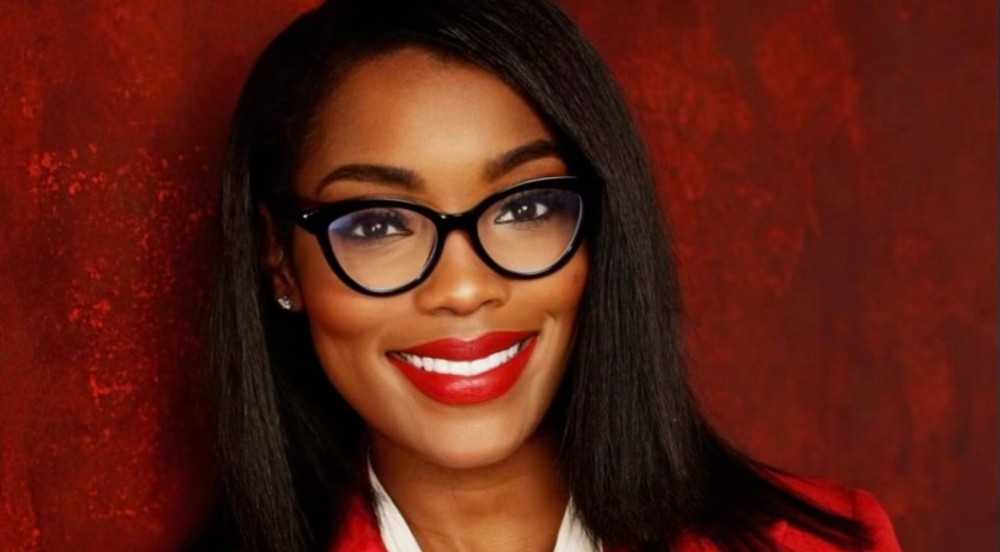One of the greatest actions that we can do in life is help others, no matter their background or circumstance. It was this belief that urged Helen M. Dowdell, CEO of Mobility Unlimited Technology Worldwide (MUTW), to take on the task of creating a system to adapt to the needs of those with limited mobility. She invented a patented universally adaptive Wheelchair Traffic Signal System. This system specifically targets the needs of wheelchair users and the visually impaired with more intricate functioning in the way that a traditional stoplight helps other pedestrians who may not have the same challenges as those with limited mobility. The traffic signal controller includes both a pedestrian button and a wheelchair button which can be used interchangeably to draw attention to those needing to safely cross busy areas.
EBONY spoke with Dowdell about the impetus for creating this system and how we can become more conscious of accessibility in our own communities:
EBONY: What promoted you to enter the STEM field by creating the Wheelchair Traffic Signal System?
Helen M. Dowdell: In 2019, I was doing work in the legal field when I heard a story about a young man with limited mobility who was killed in a crosswalk. I felt a deep sadness after learning about this and felt moved to do something about this in my community in Georgia. The city became torn about whether or not he should have even been in the traffic intersection. This got me thinking about a few factors. I'm well aware that in the South, we have a high concentration of persons with disabilities living in our communities. People don't really think about the humanity and the aspect of independence for people living with disabilities, which makes up about four out of six people. It's the largest minority group in the world. So, that accident really sparked my curiosity to create something that would prevent someone else from being killed in a similar fashion.
I sketched out a design; and over three and a half years later, I had a real-world device that was ready to be integrated into the existing traffic system. It resembles a plug-and-play type of piece with additional technology. My team and I changed the interface so that others can understand the international symbol for accessibility while normalizing it. I just spent a lot of time reading and researching what the existing traffic system looked like and formulating an alternative solution that could be easily translate and scaled to market. Specifically, we wanted to do so without having to wait 10 to 12 years before introducing new technology. After that, I applied for patents and met with various engineering teams in the city I lived in. When my team found that there were as little as 20 ADA accommodations, I felt that the city may not have the bandwidth to move such an undertaking as this. So, we used a lot of our own resources to work on the project and develop a solution.
How should people open their minds to become more conscious of accessibility in their own communities?
Educating your immediate circles about how folks are impacted by lack of access is a great place to start. A lot of colleges start on that scale and then go from there. However, it's important to realize that people with disabilities don't necessarily need our help. They need true equity and access to inclusionary practices that those without disabilities have, such as infrastructure design. There may be state of the art facilities but not all will have the ability to take part in what the space has to offer due to lack of accessibility. We have to be more considerate of others who may be differently-abled as they make up a large portion of our country. We have over 50 million people living with disabilities in our country. A sizable amount of this demographic are wheelchair users. The most valuable thing that we have on this Earth is human life, so we need to protect it for all people. If that's not incentive enough and if you are a business owner, many entrepreneurs miss out on $17.3 billion dollars yearly by not making spaces accessible. Persons with disabilities are as talented and capable as anyone else so we have to become more conscious of what their different requirements for every day living may be and how we can be of support to implement these changes.
As a Black woman creating change in the field of technology, how do you draw inspiration from your identity to do this work?
I draw strength from my faith and from my belief in God. When you're doing something that hasn't been done, there's not a whole lot of people that you can call to give you advice. Therefore, I've had to hone in on what anchors me, which is my faith, which is integral to all that I am and do. It's been challenging to not allow any type of obstacles to distract me from the goal. Nevertheless, I strive to stay patient and focused. There's a scripture that says "The race is not given to the swift or to the strong, but to the one who endures to the end." Things haven't been handed to us in this country but it doesn't mean that we don't have the ability, skill and fortitude to innovate positive solutions.
STEM is a wonderful world to get into. When I speak to students, especially women interested in STEM I encourage them to not be intimidated by the process of creation.
I made a small technological change but it was impactful. I tell young people that they can do the same as long as they understand the ramifications of the choices that they make. Don't just make a choice because something is easy. Sometimes you need that challenge yourself. I have drawn strength from that sense of challenge.













